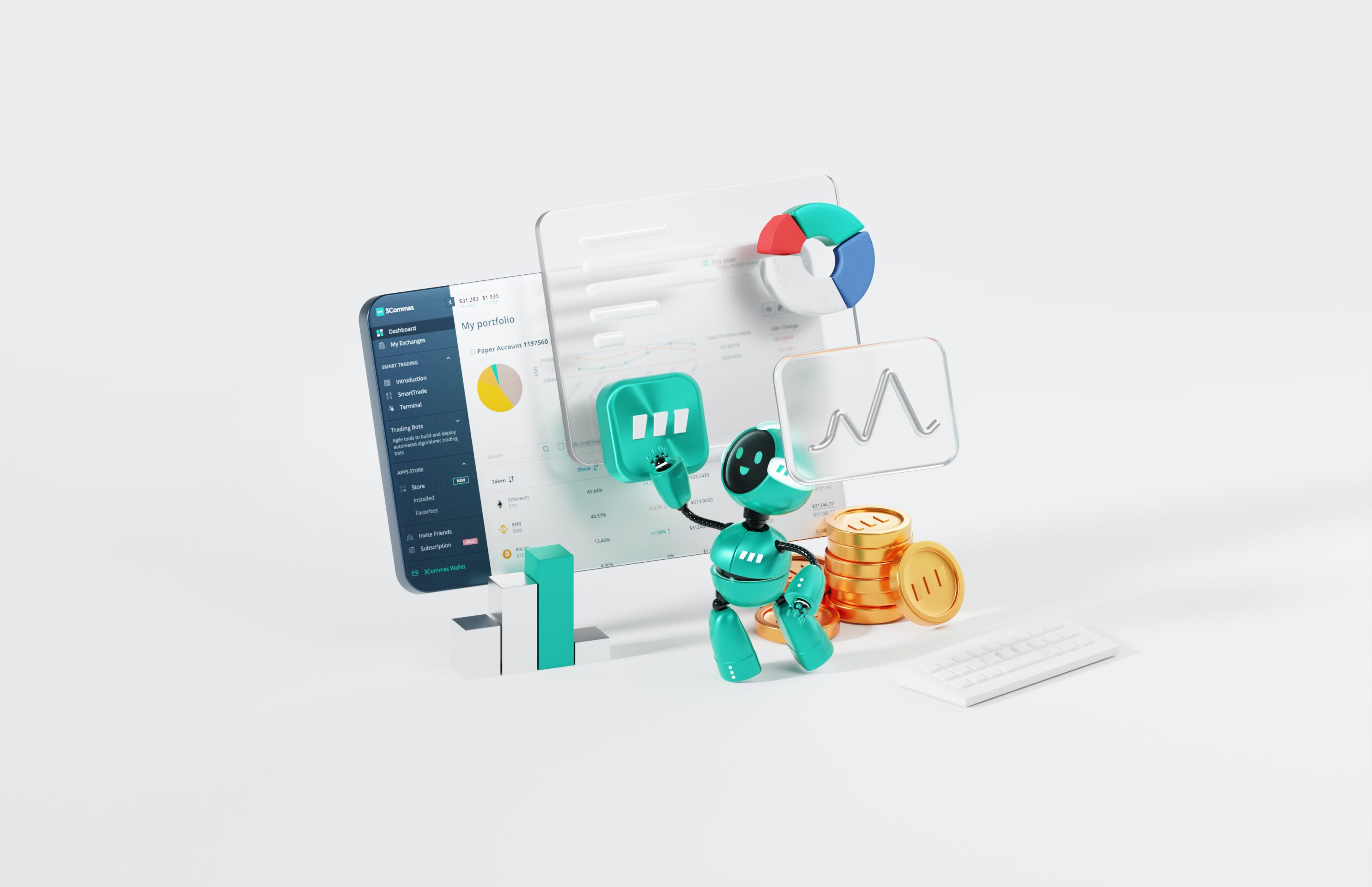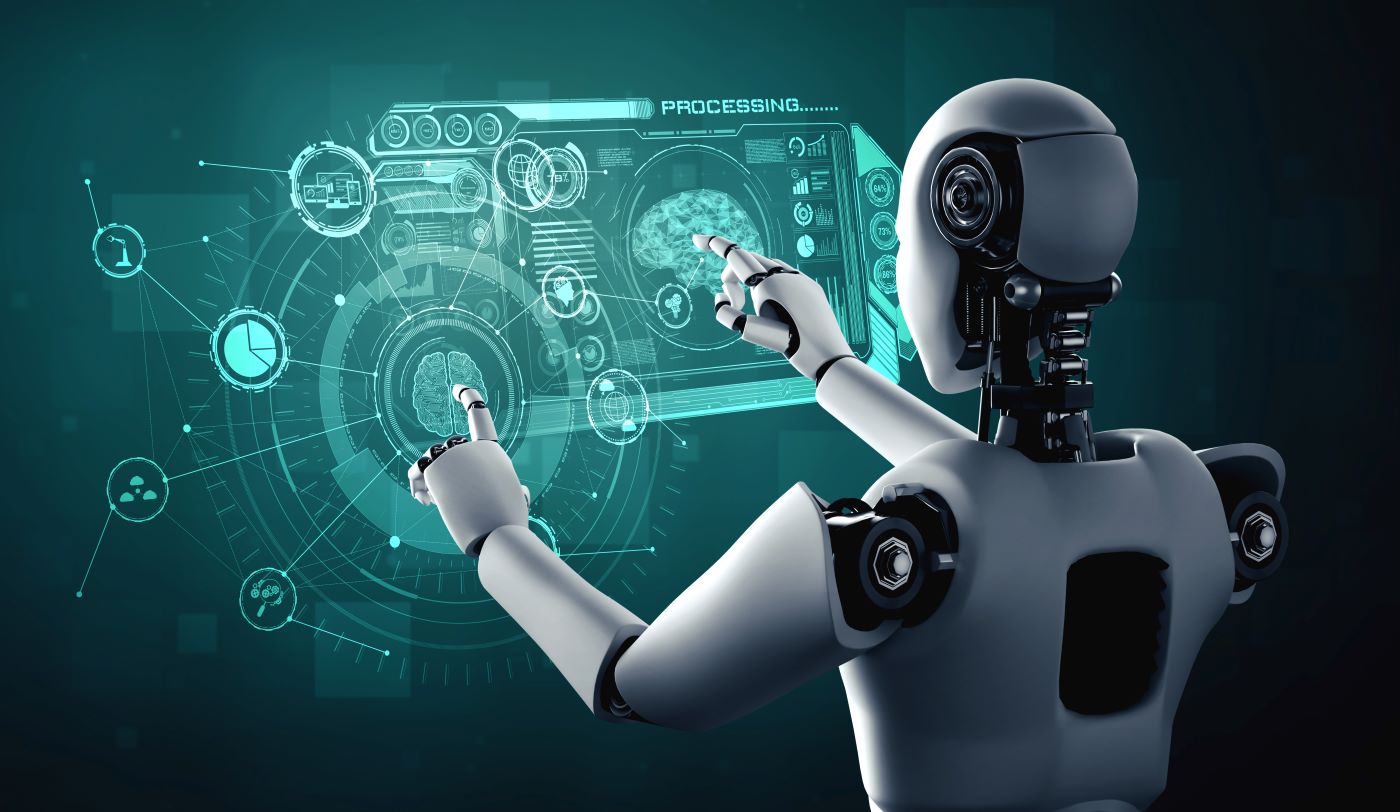What is Robotic Process Automation (RPA)?
Have you ever sat on hold for an hour, waiting to talk to an agent when all you needed was to change your address? Do you spend hours every month completing the same routine reports at work, or wishing there was a robot who can organise your files for you?
That’s what RPA is all about: taking these mundane, repetitive tasks previously done by humans, and using a robot to do them instead.
Now, when we say ‘robot’, we don’t mean R2-D2 is going to be your new colleague – as cool as that would be. RPA instead refers to the technology used to build, deploy and manage virtual robots, commonly referred to as ‘bots’.
These bots emulate human actions when interacting with digital systems – for example, reading and understanding what’s on screen, making the correct keystrokes and extracting data. They’re proving very useful in many areas of society, but what can they do in the workplace?
What can RPA do for businesses?
Even the most basic RPA software can carry out many common administrative tasks. For a task to be ripe for an RPA takeover, it must be rule-based, repetitive, have defined inputs and outputs and be of a sufficient volume to make employing the software worth it.
Examples of tasks RPA can be used for include moving and organising files and folders, logging into and out of various applications, copying, inserting and extracting data, routine reports and analyses and the filling in of forms. More advanced RPA bots can take on more cognitive processes such as simple conversations, understanding unstructured data, and more complex decision making.
RPA in Customer Care
RPA is commonly used in customer care roles in the form of chat bots. They can provide immediate responses to simple tasks such as changing your details, changing payment information or processing a return. This allows agents more time to spend on more complex problems which require a human to solve.
The bots can also collect and enter issues into a ticket system used by agents, so less time is taken by humans to collect relevant information from customers. They can also pull information from several different systems to have everything in one place for the agent when they answer the call.
A two-year case study with insurance company Varma showed they were able to automate 85% of their chat conversations, saving 330 hours per month.
RPA in Retail
A huge part of working in retail is about monitoring, organising and processing – and RPA bots can do that for you. From the processing of customer orders (including dealing with information changes, returns and sending automatic updates) to inventory management, using RPA bots in retail can increase efficiency and allow staff to focus on more strategic roles.
RPA can be used to create sales reports based on various criteria, as well as for invoice processing and product categorisation. In fact, a study by the Everest Group found that manual effort in product categorisation was reduced by up to 80% thanks to RPA.
RPA in Finance
Within the financial sector, RPA is used to streamline processes such as customer onboarding and account opening, mortgage lending and loan processing, and automatic report generation. The Everest Group found that, through using RPA, customer onboarding was reduced from 16 days to just 9 minutes.
In cases of suspicious activity reports (SARs), compliance officers were previously required to read through all the documents and input the relevant information into the SAR. This repetitive task can be done by an RPA bot, who can scan through the document, pulling the necessary information out and inserting it into the SAR automatically.
RPA in Healthcare
Admin – inserting information, scheduling appointments, routine reports
RPA can be used in the healthcare sector to massively decrease the amount of time spent doing mundane tasks, meaning employees can spend more time focusing on patient care and other core activities.
General administrative activities like inserting information and scheduling appointments are both things which can be done by an RPA bot, as well as carrying out routine reports and enhancing the management of patient records. RPA also increases the capability of the service, as the systems can handle a larger volume of patients.

What are the benefits of RPA?
We now know what RPA can do in a variety of different industries – but what are the benefits of having a bot carry out these tasks instead of a human?
As RPA is a software, it doesn’t take lots of hard wiring or infrastructure changes. This means it can be implemented quickly and easily without disruption to the business.
None of the tasks RPA software takes on require strategic thinking or complex, human problem solving skills. They’re repetitive tasks, low level, rule-based and mundane, and RPA bots can do these tasks much faster than humans. Not only that, but they can do it all the time. No need for a lunch break, weekends or annual leave – they can complete these processes 24/7, and more accurately too.
This instantly streamlines the workflow. The bots can process information overnight ready for a human to put to use in the morning. Businesses using RPA will see an increase in their flexibility, efficiency and profitability. More than that, RPA is more resilient than humans. They can handle a huge, sudden spike in demand and workload, saving employees lots of stress.
Have you ever stared at an Excel spreadsheet for so many hours, you can still see it when you close your eyes? Removing these time-consuming tasks from a job role increases employee engagement, job satisfaction, and therefore retention – a 2019 study showed 92% of employers who started using RPA initiatives saw an increase in employee happiness.

What’s next for RPA?
RPA is heading towards a future which sees the technology blended with artificial intelligence to become more intuitive and clever in Intelligent Process Automation (IPA). The ability to learn, reason and self-correct allows RPA bots to take on more complex tasks which aren’t as repetitive and built upon rules as the tasks explored above. This is already in place in some organisations, but will become more commonplace as time goes on.
At ASPEKT, we embrace innovation, and are always thinking of unique, forward-thinking ways to solve common workplace problems. From streamlined software which can handle multistage business operations, to complex data architecture and seamless integrations, we take pride in doing something new and doing it well.
Written by Bethany Piper
Copywriter | ASPEKT
January 27th, 2022





